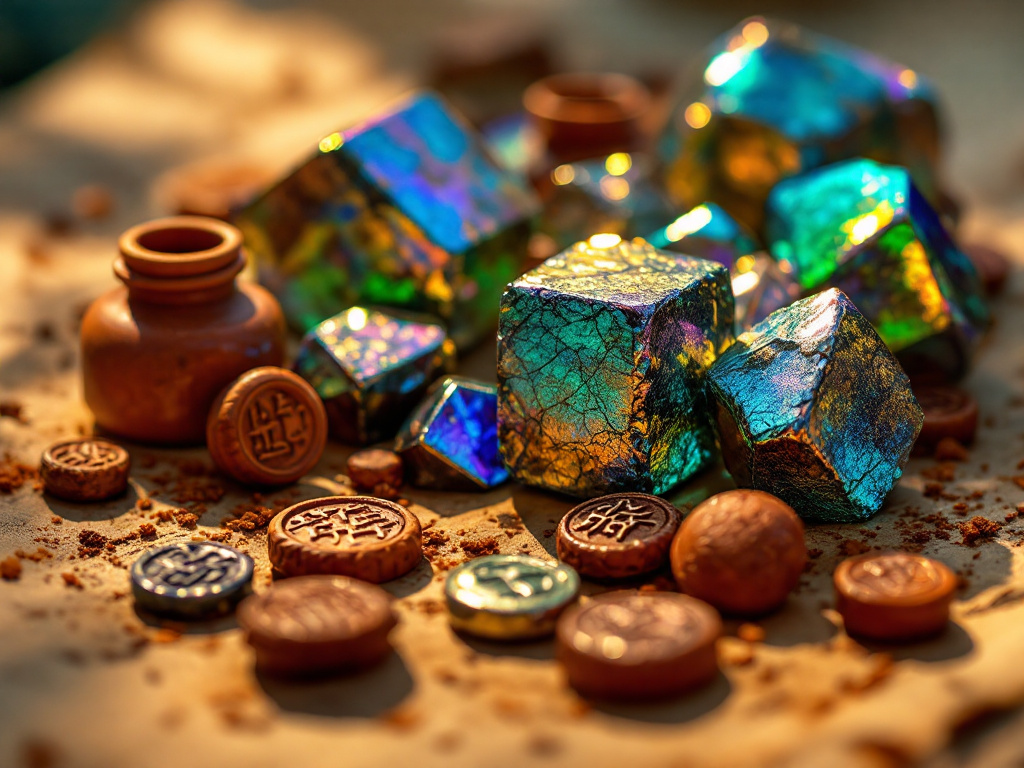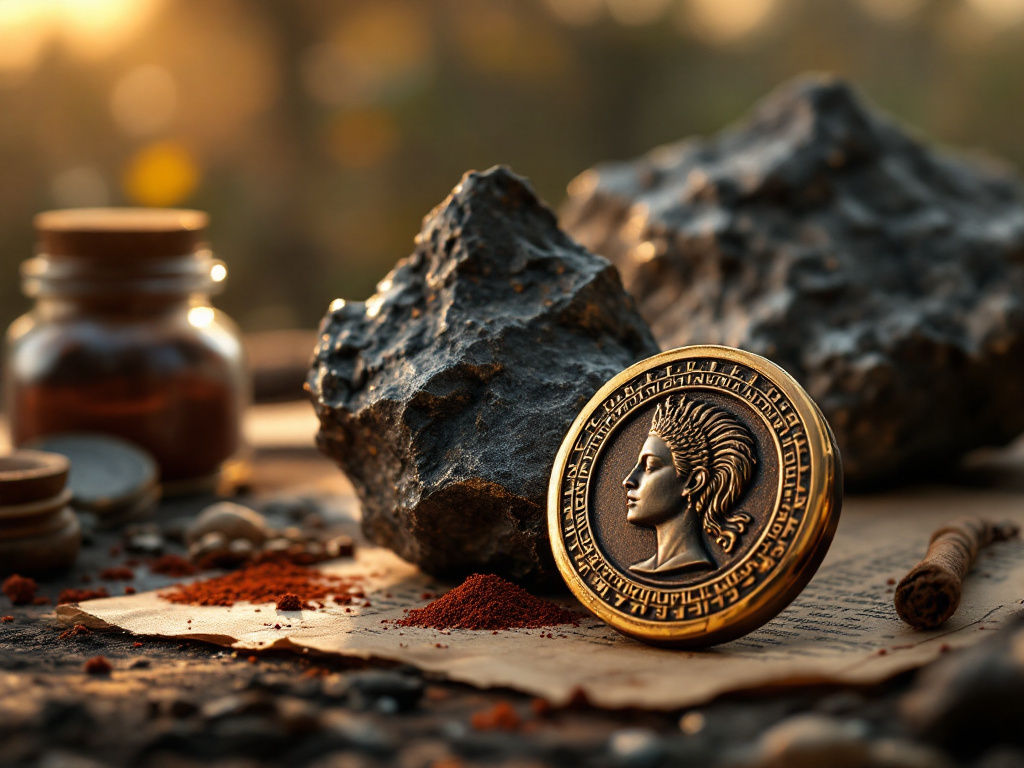🌍 Hematite (Fe₂O₃), dubbed the “parrot ore” for its iridescent hues, has fascinated civilizations for millennia. From Babylonian seals to Virgil’s Aeneid, this iron oxide gemstone blends history, industry, and artistry. Dive into its geological marvels, global origins, and timeless allure.
Hematite 101: Key Properties & Identification
Fe₂O₃ – The Science of Strength
Hematite’s composition (70% iron, 30% oxygen) makes it a heavyweight in gemology and industry. Key attributes:
| Property | Details |
|---|---|
| Hardness | 5–6 on Mohs Scale |
| Density | 5.25 g/cm³ |
| Crystal System | Rhombohedral |
| Streak | Red to reddish-brown |
Pro Tip: Perform a streak test on unglazed porcelain to confirm authenticity!
Hematite’s Historical Legacy

1. Ancient Civilizations & Decorative Arts
- Babylonians & Egyptians: Used coarse hematite in architecture and carved seals.
- Roman Era: Praised by Virgil for its beauty, hematite adorned intaglios and jewelry.
- Medieval Europe: Polish hematite (“glass head” specimens) became popular for ornamental seals in England and Bohemia.
2. Industrial & Artistic Uses
- Red Ochre Pigment: Ground hematite created vibrant dyes for art and cosmetics.
- Metal Polishing: Its abrasive texture polished gold, silver, and gemstones.
Global Hematite Hotspots
1. Sweden & the USSR
Rich deposits yield coarse, metallic-gray hematite for industrial iron extraction.
2. Lorraine, France
Famed for polished hematite (not “political” – a historical mistranslation!), used in decorative arts.
3. United States
Major source of gem-quality specularite (micaceous hematite) with mirror-like layers.
🔗 Rakuten Picks:
How to Spot Fake Hematite
- ✅ Magnetism Test: Weakly magnetic (unlike pure magnetite).
- ✅ Weight Check: High density makes it heavier than most lookalikes.
- ✅ Streak Color: Red-brown streak confirms authenticity.
⚠️ Avoid: Overly glossy or lightweight stones marketed as “hematite.”
Hematite Care & Maintenance
- Cleaning: Wipe with a dry cloth; avoid water to prevent oxidation.
- Storage: Keep in a dry box away from humidity.
FAQ: Hematite Demystified
Q: Is hematite toxic?
A: Safe for handling, but avoid inhaling dust during cutting.
Q: Why does hematite rust?
A: Iron content reacts with moisture – store it dry!
Q: Can hematite be used in jewelry?
A: Yes! Its metallic luster shines in rings and bracelets.
🔬 Authority links:

